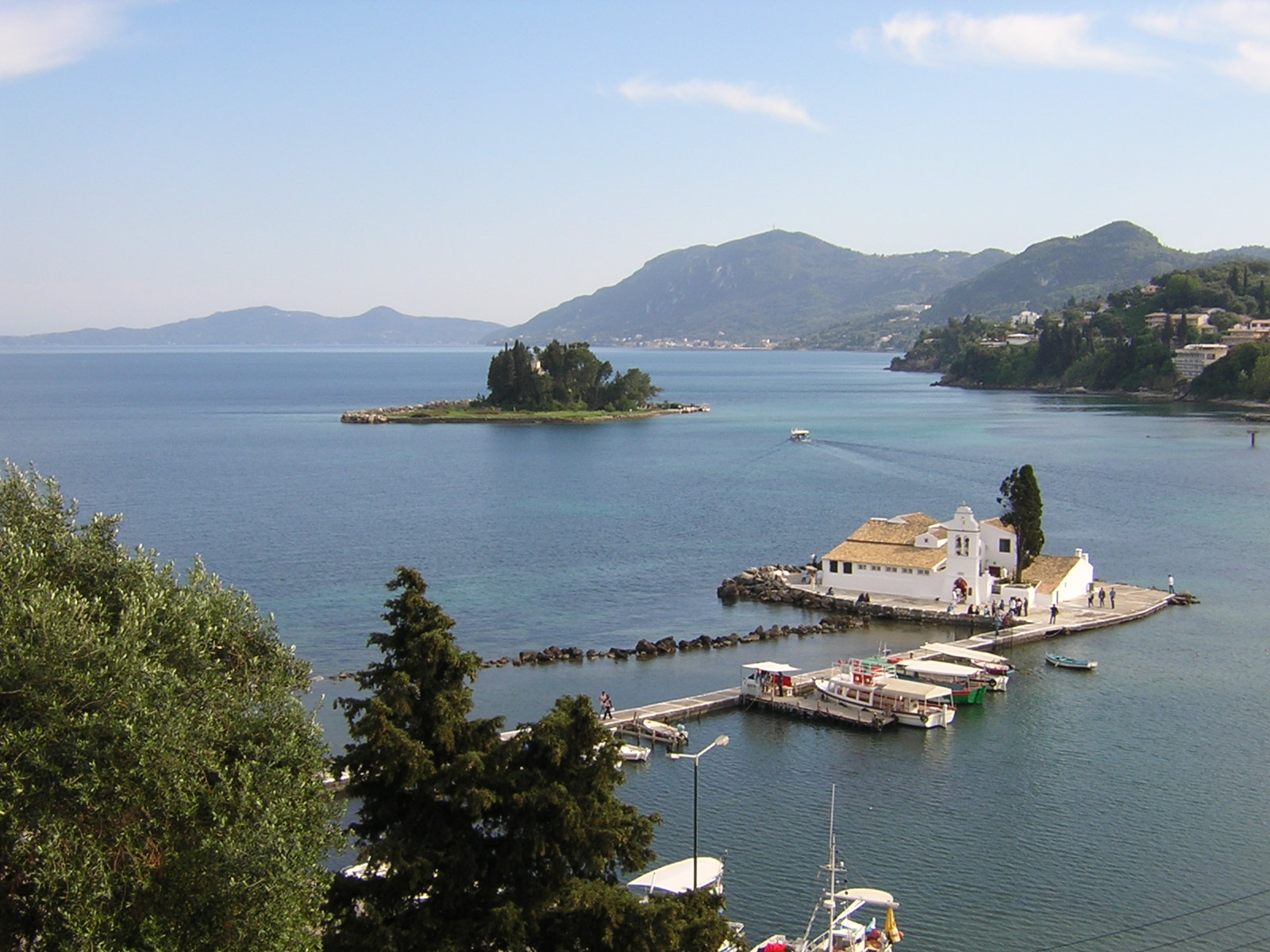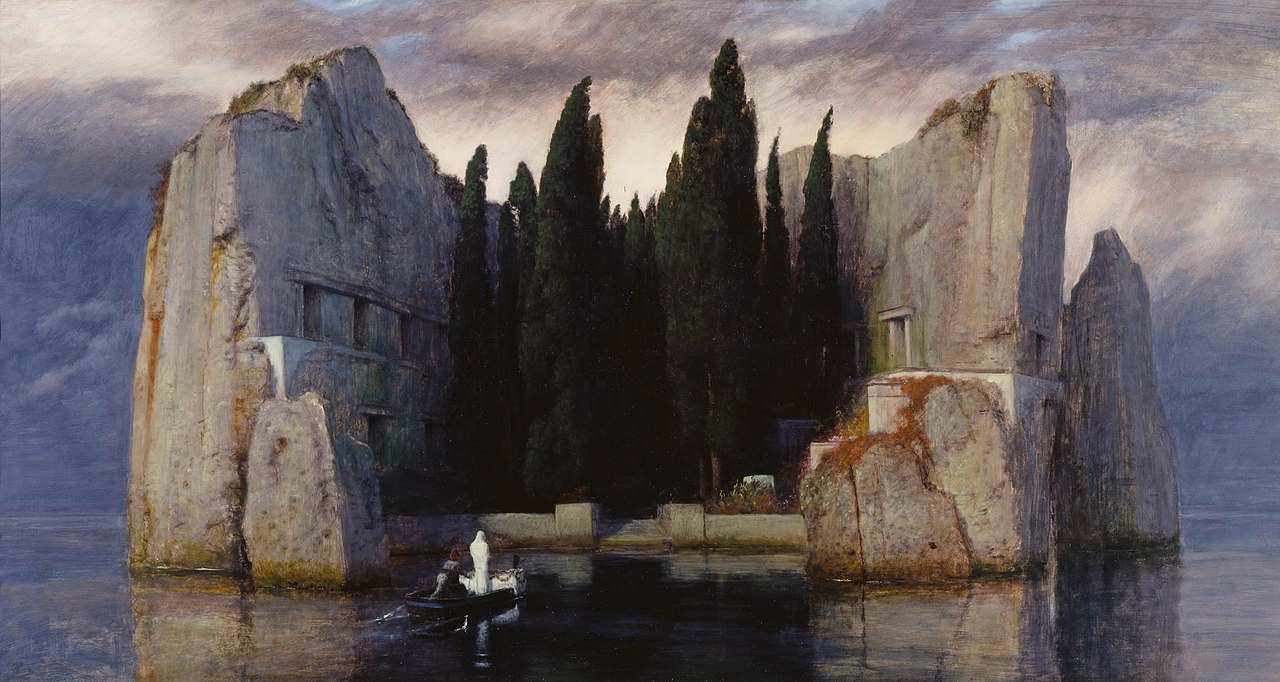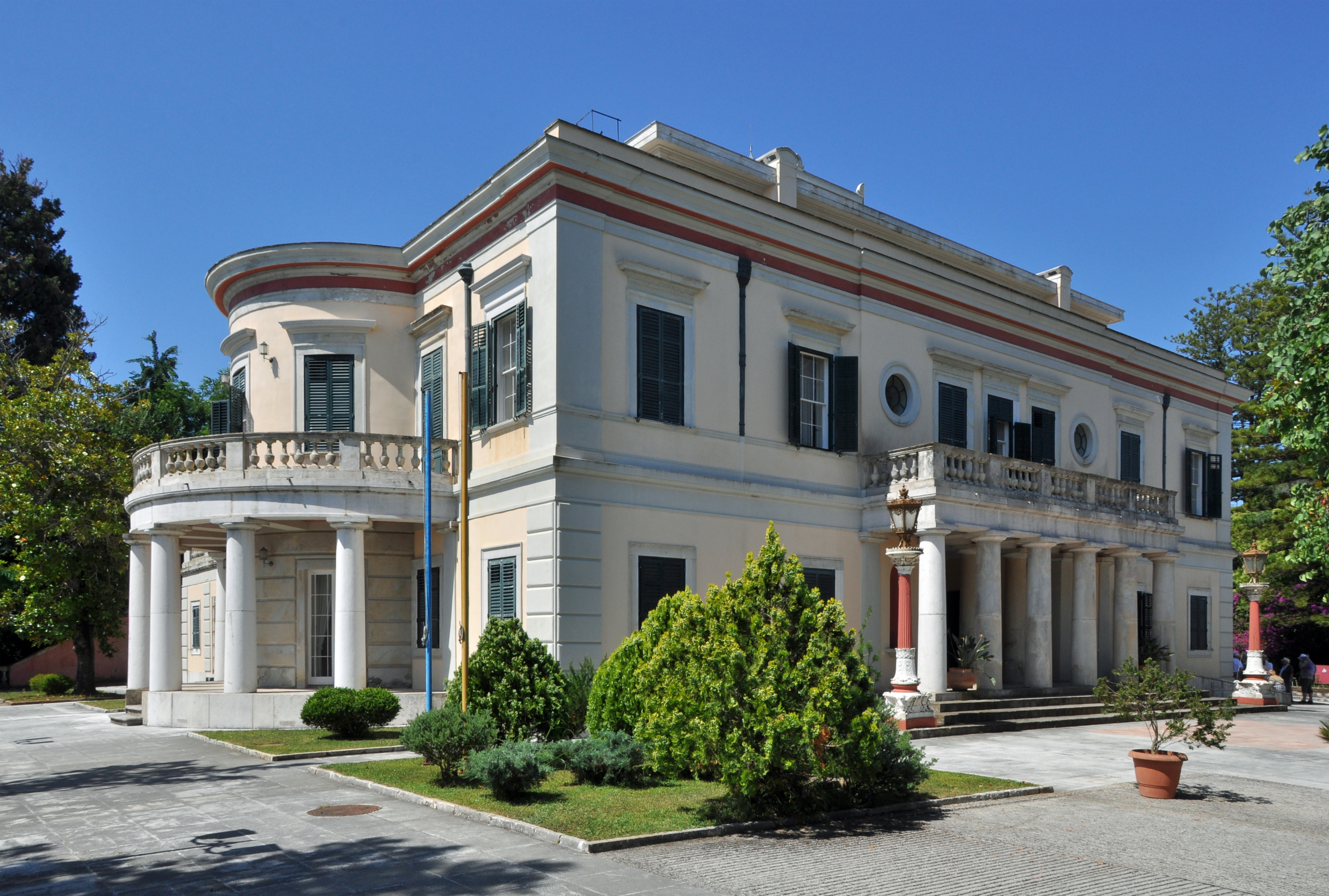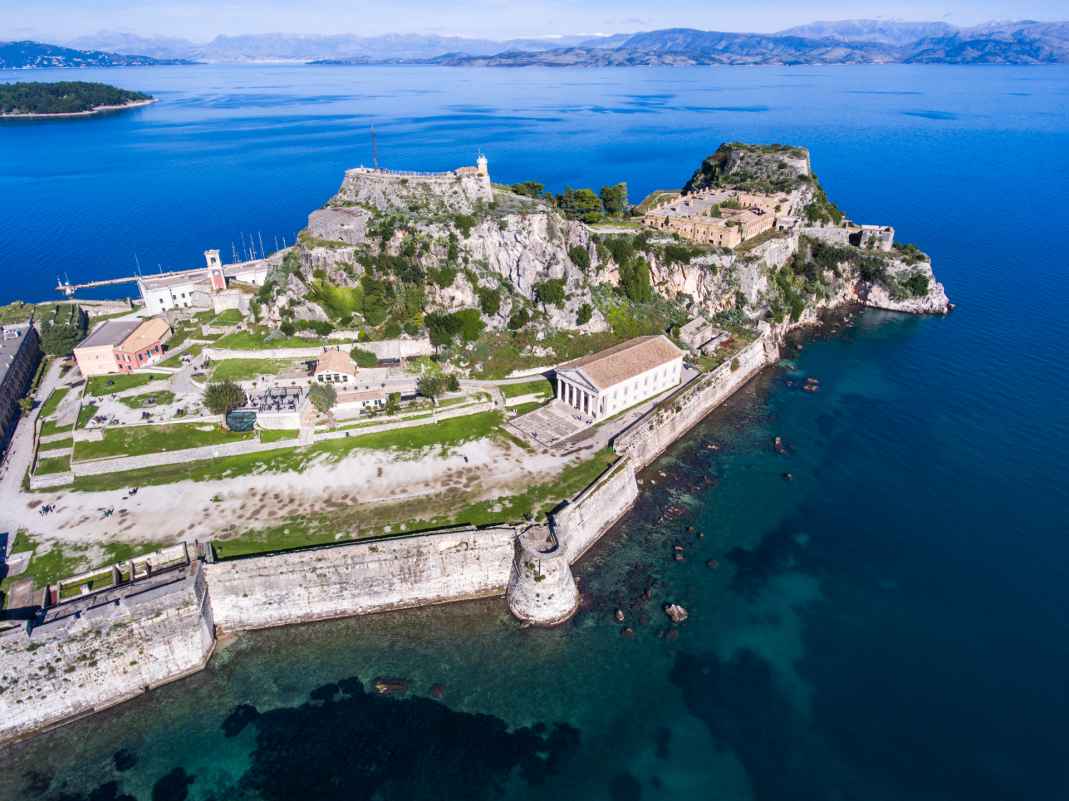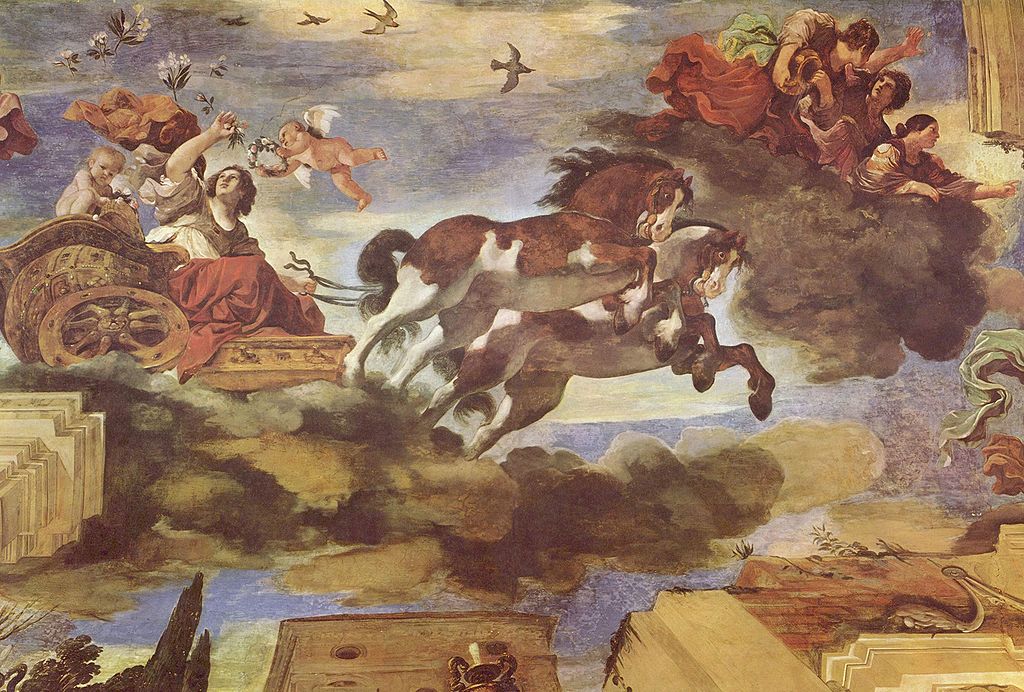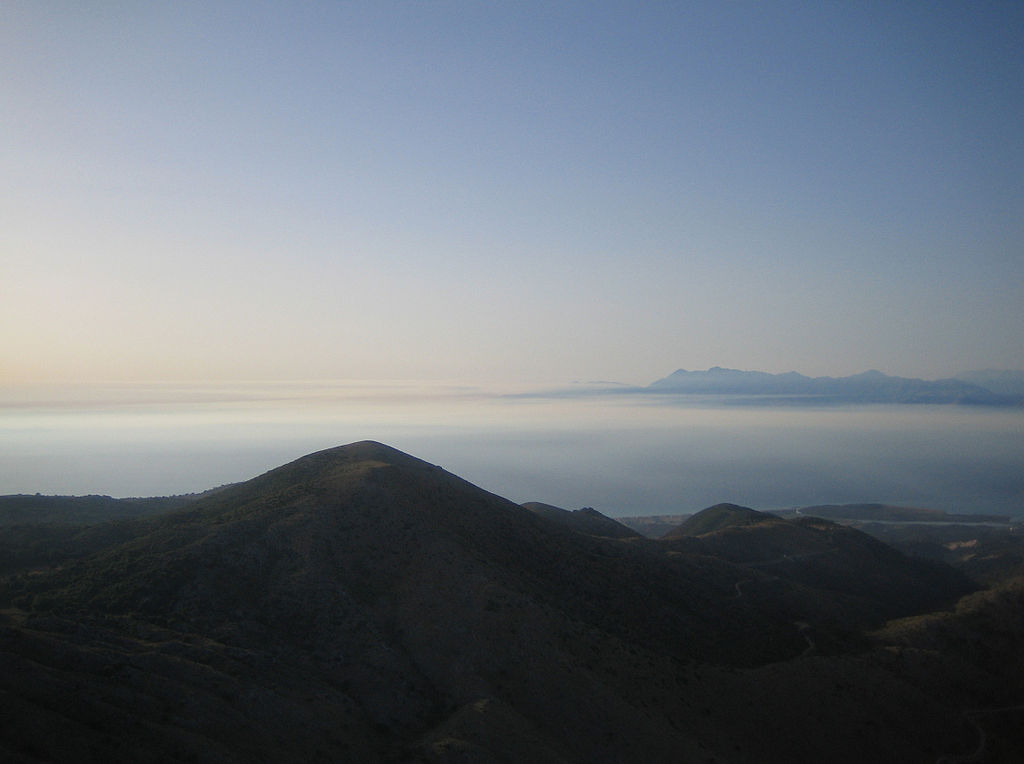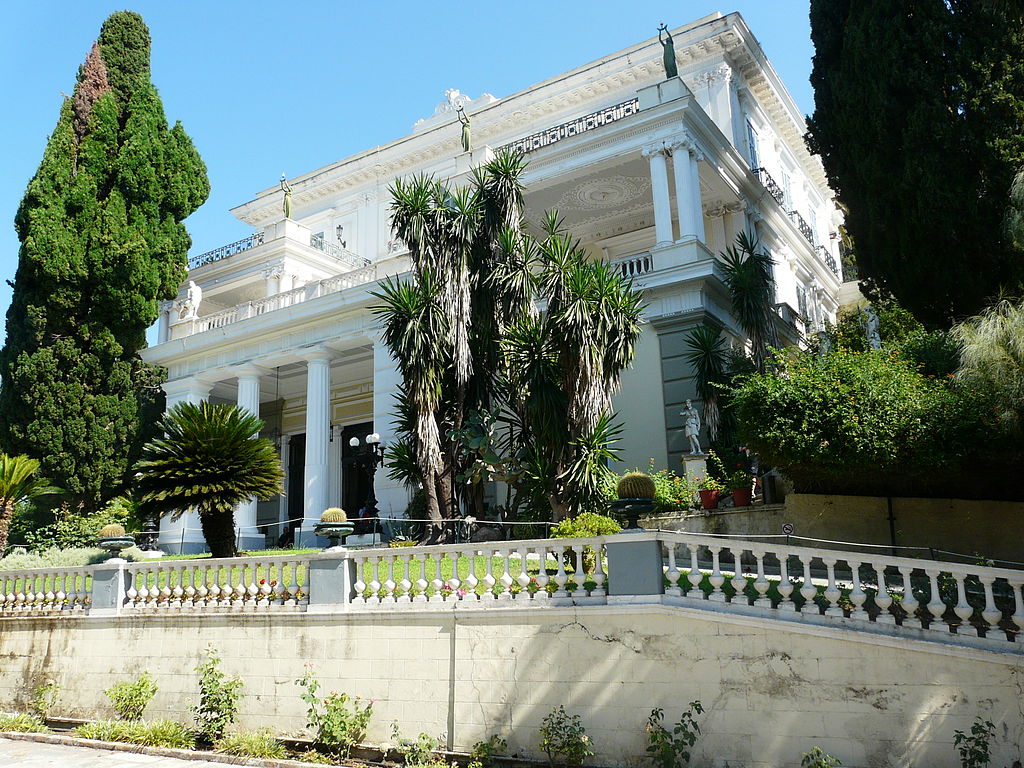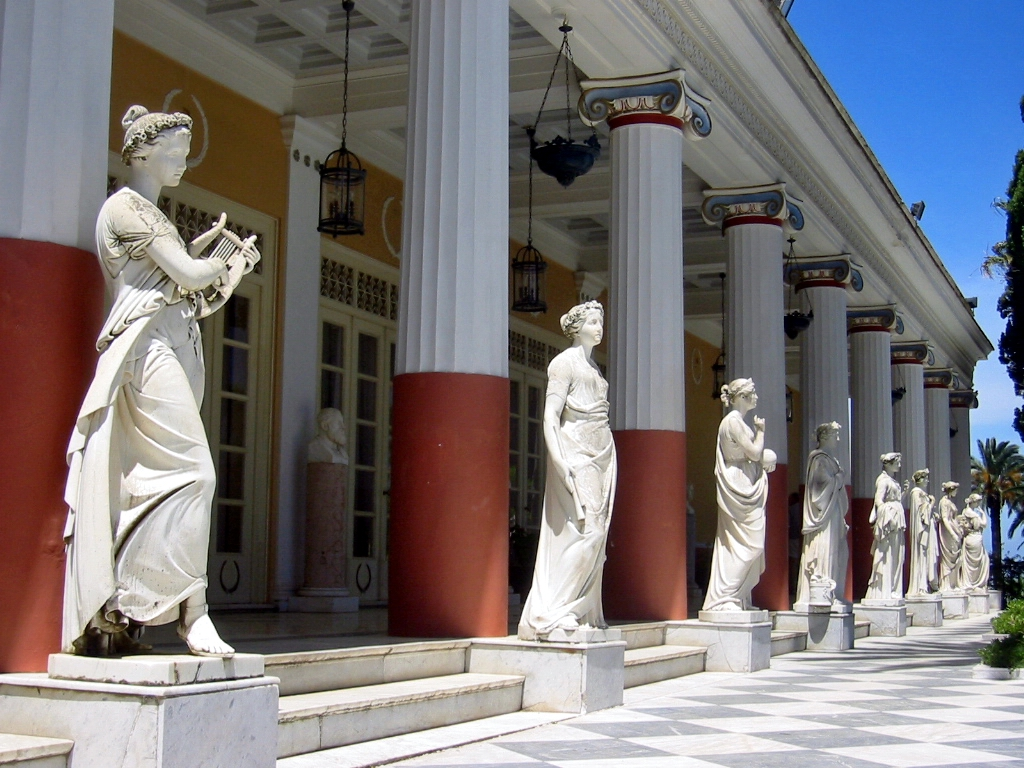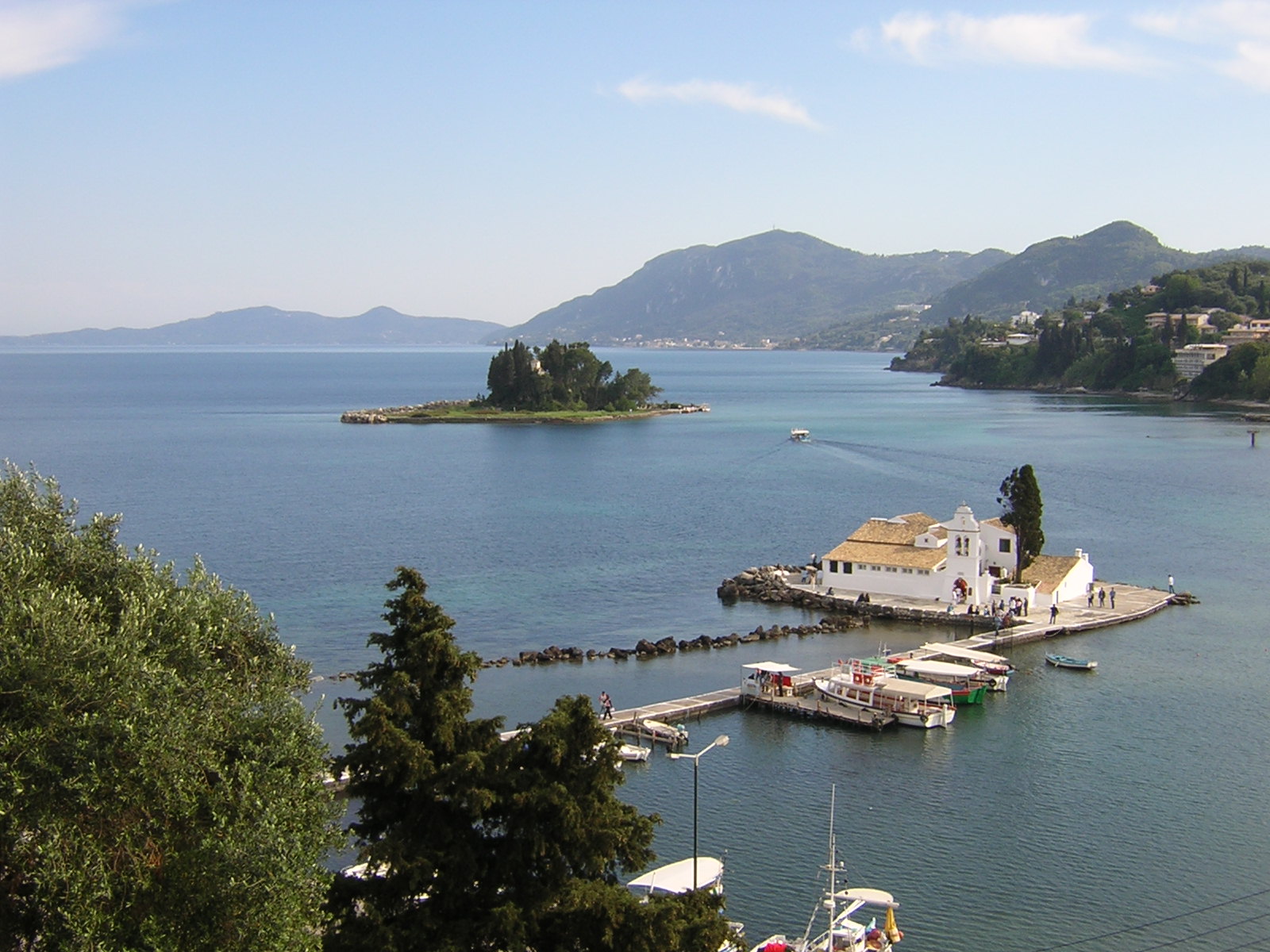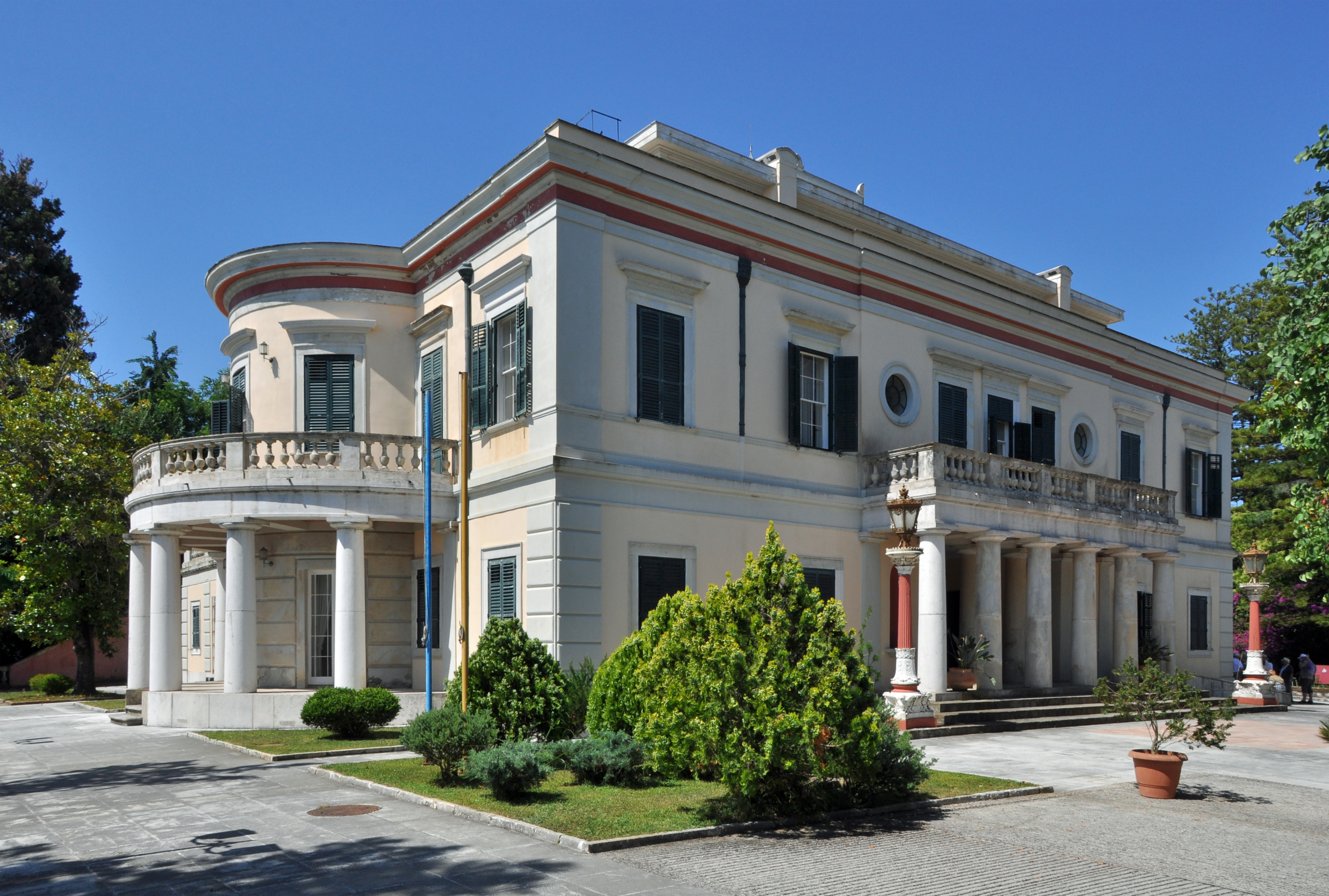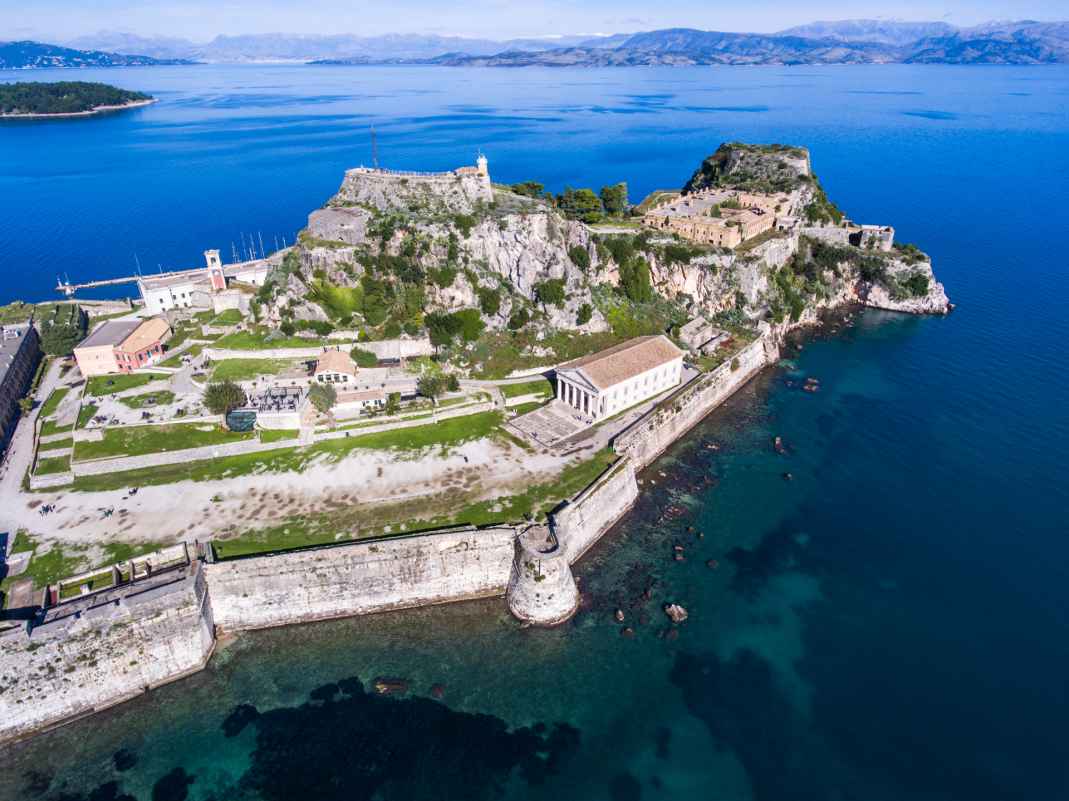 Uncategorized
Uncategorized
Palazzo Achilleion
PALAZZO ACHILLEION
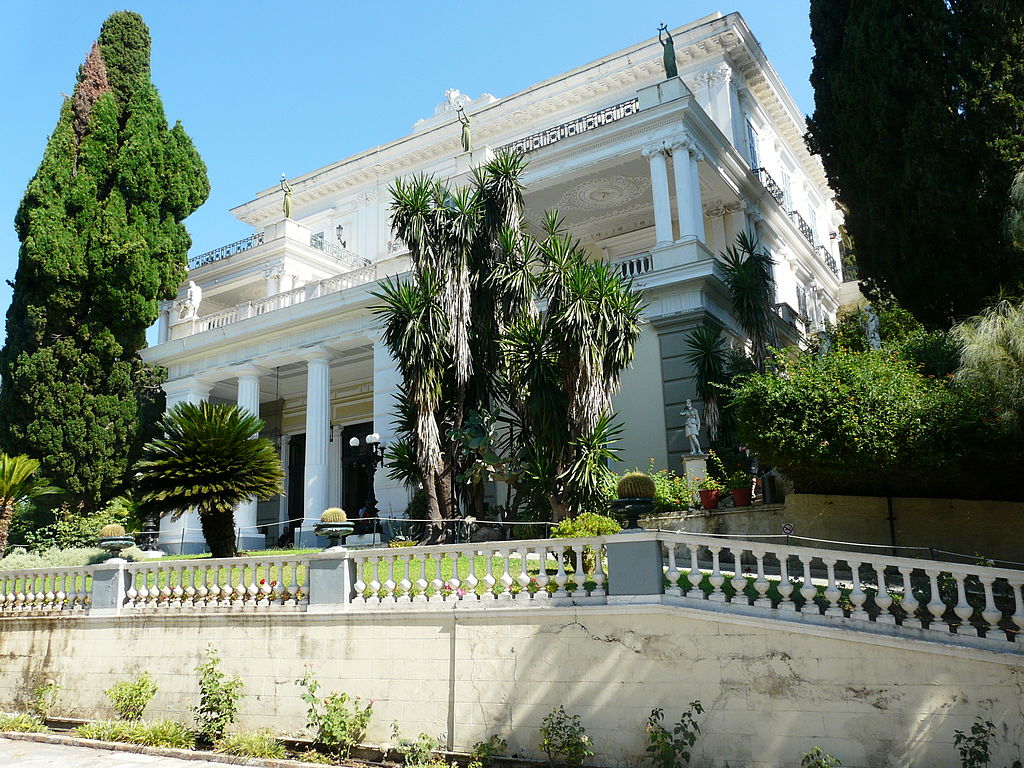
Corfù, Achilleion (Foto di Piotrus – Opera propria, CC BY-SA 3.0, https://commons.wikimedia.org/w/index.php?curid=12187305)
Vicino al villaggio di Benítses, il Palazzo Achilleion si trova a soli 12 Km dal centro della città di Corfù, nel pittoresco borgo di Gastoúri.
La residenza dell’imperatrice Elisabetta d’Austria, conosciuta come Sissi, è un palazzo in stile neo-classico-pompeiano, progettato dall’architetto napoletano Raffaele Caritto nel 1890. La struttura, al cui interno convivono numerosi stili, è caratterizzata da una scenografica ed elaboratissima scalinata centrale, e all’esterno dalle sue panoramiche terrazze e dai suoi lussureggianti giardini.
Oggi, trasformato in museo, ospita numerose opere ispirate alla mitologia greca secondo il gusto e la sensibilità di fine Ottocento; è meta di numerosi turisti, non solo per il fascino che la figura dell’imperatrice continua ad esercitare sulle nuove generazioni, ma soprattutto per l’incantevole vista che si gode dai suoi molti punti panoramici.
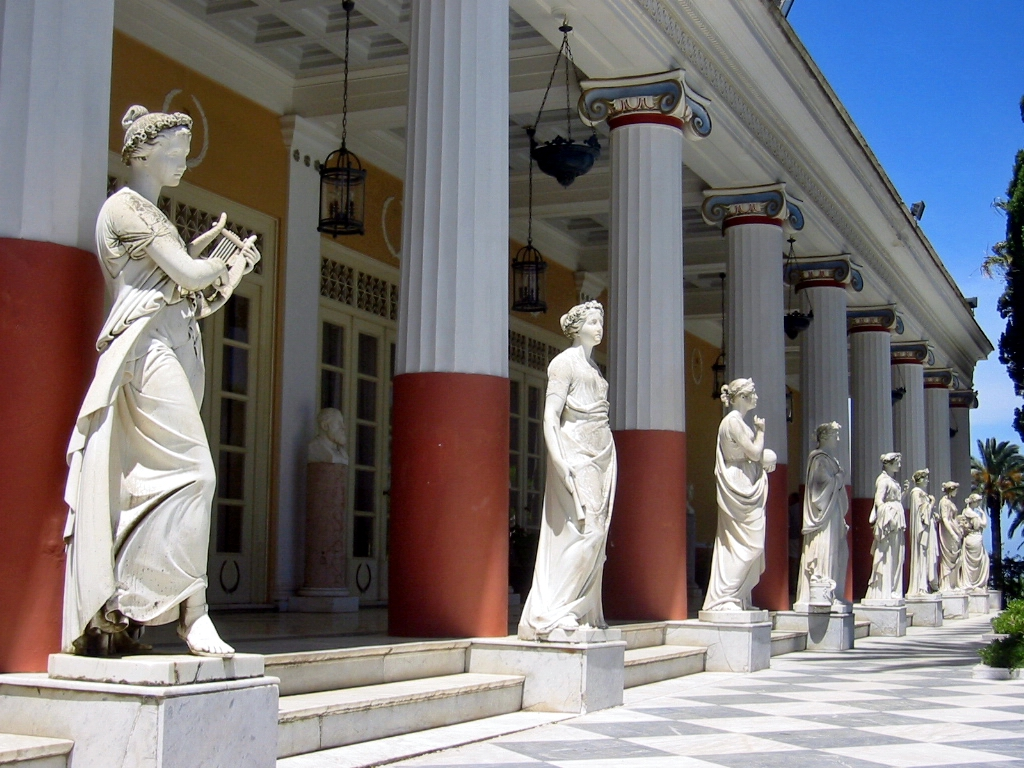
Corfù, Achilleion, esterno
Foto di Thomas Schoch — own work at http://www.retas.de/thomas/travel/corfu2006/index.html, CC BY-SA 3.0, https://commons.wikimedia.org/w/index.php?curid=843512
Il Palazzo è aperto alle visite tutti i giorni.
INDIRIZZO: Achilleio 490 84, Gastoúri, Grecia
CONTATTI TEL: +30 2661 056210
